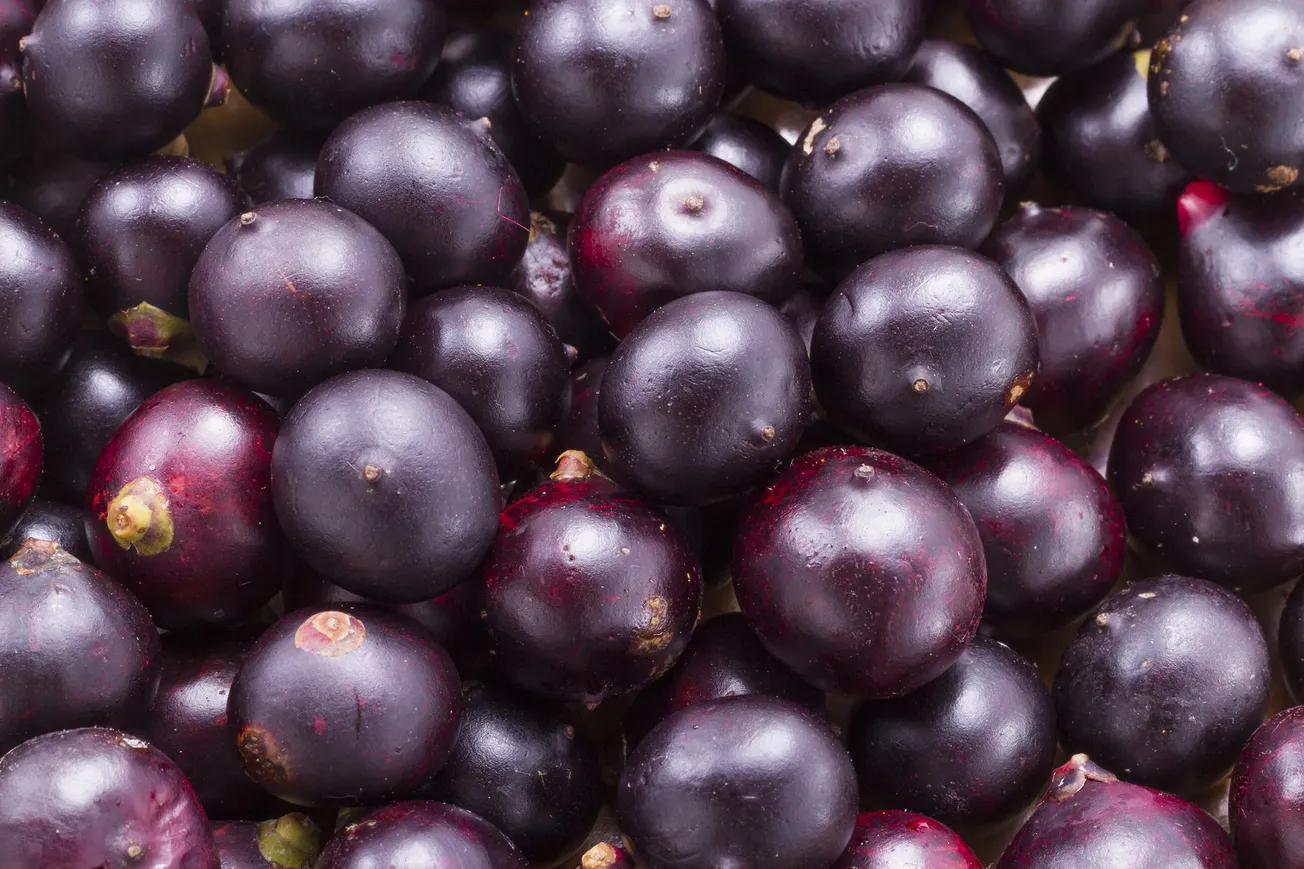Table of Contents
Grapes: The Quintessential Fruit of Vineyards – A Comprehensive Guide
From ancient vineyards to modern tables, grapes (Vitis vinifera) symbolize abundance, culture, and versatility. This article explores their global varieties, cultivation practices, nutritional benefits, economic impact, and culinary uses.
1. Global Varieties of Grapes
Grapes are categorized by use:
- Table Grapes:
- Thompson Seedless (USA): Sweet, seedless, green; popular for snacking.
- Crimson Seedless (USA): Red, crisp, and juicy.
- Muscat (Italy): Fragrant, used fresh or dried (sultanas).
- Wine Grapes:
- Cabernet Sauvignon (France): Bold, tannic; backbone of red wines.
- Chardonnay (France): Versatile white wine grape with buttery notes.
- Concord (USA): Purple, robust flavor; used in juices and jellies.
- Raisin Grapes:
- Sultana (Turkey): Golden, seedless; dominant in raisin production.
2. Taste & Consumption
- Flavor Profile:
- Table Grapes: Sweet (Thompson) to tart (Concord).
- Wine Grapes: Varies from floral (Riesling) to earthy (Pinot Noir).
- Consumption:
- Fresh: Snacks, salads, cheese boards.
- Processed: Wine, juice, jams, raisins.
- Cooking: Roasted with meats, in tarts, or fermented into vinegar.
3. Nutrition & Health Benefits
- Nutritional Value (per 100g fresh):
- Calories: 69 | Fiber: 0.9g | Vitamin C: 18% DV | Vitamin K: 28% DV
- Glycemic Index (GI): 45–53 (low to moderate).
- Health Benefits:
- Heart Health: Resveratrol lowers LDL cholesterol and improves circulation.
- Antioxidants: Polyphenols combat oxidative stress and inflammation.
- Digestion: Fiber and water content aid gut health.
4. By-Products & Processing
- Wine: Fermented grape juice; global market worth $364 billion (2023).
- Raisins: Sun-dried or mechanically dehydrated grapes.
- Grape Seed Oil: Cold-pressed for cooking and cosmetics.
- Pomace: Leftover skins/seeds used for animal feed, fertilizer, or biofuel.
5. Storage & Preservation
- Fresh Grapes:
- Refrigerate unwashed in ventilated bags (1–2 weeks).
- Rinse only before eating to prevent mold.
- Freezing: Wash, pat dry, and freeze on trays (6–8 months).
- Drying: Sun-dry or use dehydrators at 60°C for 24–48 hours.
6. Culinary Uses & Recipes
- Roasted Grape & Goat Cheese Crostini:
- Toss grapes with olive oil and rosemary; roast at 200°C for 15 mins. Serve on toasted baguette with goat cheese.
- Grape Clafoutis:
- Bake grapes in a custard batter (eggs, milk, sugar) at 180°C for 30 mins.
7. Major Producers, Exporters & Importers
- Top Producers (2023):
- China (14M tons; table grapes).
- Italy (8M tons; wine and table grapes).
- USA (6M tons; California leads wine production).
- Spain (5.5M tons; Tempranillo and Airén grapes).
- Leading Exporters: Chile, Italy, Spain, South Africa.
- Key Importers: USA, Germany, UK, China.
8. Cultivation & Climate Requirements
- Ideal Conditions:
- Climate: Mediterranean (15–25°C); requires dry summers and mild winters.
- Soil: Well-drained, loamy soil; pH 5.5–6.5.
- Pollination: Self-pollinating; wind and insects aid fertilization.
- Home Planting:
- Choose disease-resistant varieties (e.g., Mars Seedless).
- Use trellises for support; prune annually for airflow and yield.
9. Return on Investment (ROI)
- Costs:
- Vineyard Setup: $20,000–$50,000/acre (vines, trellises, irrigation).
- Maintenance: Pruning, pest control ($2,000–$5,000/acre annually).
- Yield: 5–15 tons/hectare (table grapes); 3–5 tons/hectare (wine grapes).
- Profitability: Wine grapes earn $1,500–$3,000/ton; premium table grapes fetch $4–$8/kg.
10. Challenges & Innovations
- Pests/Diseases: Phylloxera, powdery mildew, and botrytis.
- Solutions: Grafted rootstocks, organic fungicides.
- Sustainability: Drip irrigation, cover crops, and solar-powered processing.
Conclusion
Grapes, a symbol of prosperity since antiquity, thrive in vineyards from China’s plains to France’s châteaux. Their dual role as a fresh delicacy and wine cornerstone fuels a $400 billion global industry. Whether savored fresh, fermented, or dried, grapes remain a timeless testament to nature’s bounty and human ingenuity.
Pro Tip: Freeze grapes for a refreshing snack or cocktail ice cubes!
Savor the vine’s legacy – where every grape tells a story. 🍇








